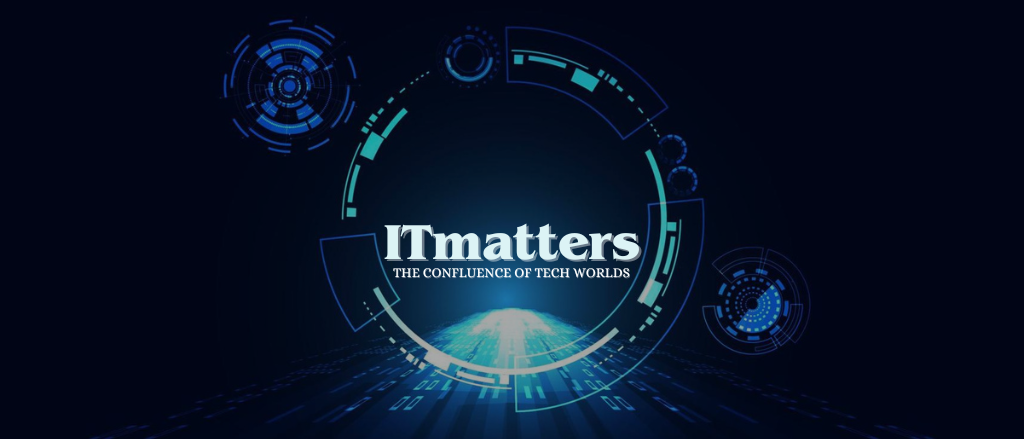
A New Chapter in Indian Robotics
India is on the verge of something big in the field of robotics. Former Ola Electric AI director Srikanth Vidapanakal has launched a new venture called xSpecies AI. It’s not just another startup. It’s a bold step toward creating general-purpose robots and humanoids that can work across industries and even help people in their daily lives.
At a time when the world is racing to build intelligent machines, xSpecies AI wants India to lead. And it’s doing that by building everything — hardware, software, AI models — from the ground up.
Building Robots That Can Think, See, and Act
At the heart of xSpecies AI lies AIWare, a unique two-stage AI system. It allows robots to not just understand human instructions but also learn from them. The system combines vision, language, and action in a smart loop, making robots more aware and capable.
The learning starts with human demonstrations and continues with advanced AI training techniques. This includes reinforcement learning and Sim2Real transfer, which means skills learned in simulation can be applied in the real world. The result? Robots that can handle tasks with greater precision and autonomy.
Not Just Arms and Legs — Intelligent Action
One of the startup’s first products is HANDY, a robotic arm built for pick-and-sort tasks in warehouses. It’s not just a mechanical limb. It uses AI to adapt to new objects, recognize them, and handle them with dexterity. In the fast-moving world of logistics, HANDY could help improve speed and reduce errors.
Then there’s MANAV, xSpecies AI’s general-purpose humanoid robot. Built in India for global use, MANAV is designed for everything from elderly care and healthcare support to industrial applications. Unlike robots with narrow roles, MANAV is being built to handle a wide range of real-world tasks.
The Core: Species22 Platform
What makes all of this possible is Species22, the startup’s core technology platform. It acts like the brain and body of all its robots. It’s modular, meaning it can be easily adapted to different types of robots. It’s also scalable, so it can be deployed in both small and large setups.
With Species22, xSpecies AI isn’t just building one robot. It’s building a system that can quickly produce many different kinds of robots tailored to real needs — be it in logistics, healthcare, or even homes.
From Ola to a New Frontier
Srikanth Vidapanakal brings deep expertise in AI. At Ola, he worked on advanced driver-assistance systems (ADAS), CCTV analytics, voice tech, and robotics. Now, he wants to use that experience to build a complete ecosystem for general-purpose robots.
What’s different here is the focus on real-world deployment. xSpecies AI is not stopping at lab prototypes. The team is working to bring fully autonomous robots into commercial environments by 2026, with the humanoid MANAV expected by 2027.
Why It Matters?
There’s been a lot of talk globally about humanoids. Big companies in the US, Europe, and China are racing to build them. But very few are being built entirely in India. xSpecies AI wants to change that.
It’s not just about national pride. It’s about solving real problems. India has massive needs in logistics, healthcare, and public services. Robots like HANDY and MANAV could ease pressure on human labor, improve efficiency, and offer new ways to support aging populations.
And by building everything locally, the company could make robotics more affordable — both in India and globally.
Looking Ahead
xSpecies AI is still early in its journey. But the ambition is clear. Build an end-to-end stack of intelligent robots. Train them to work in the real world. Make them useful for both businesses and households.
If it succeeds, it could put India on the global robotics map. And it could open up a whole new chapter in how we interact with machines — not as tools, but as thinking, learning assistants that move, sense, and act in the world around us.
